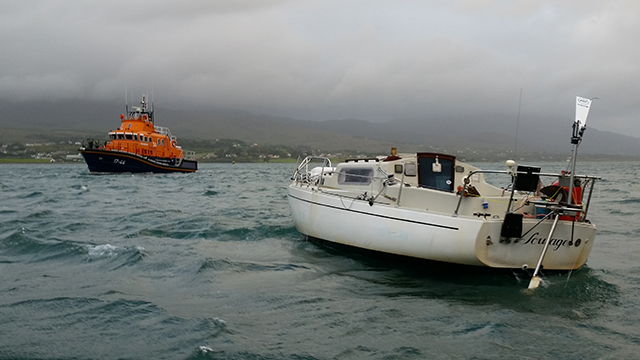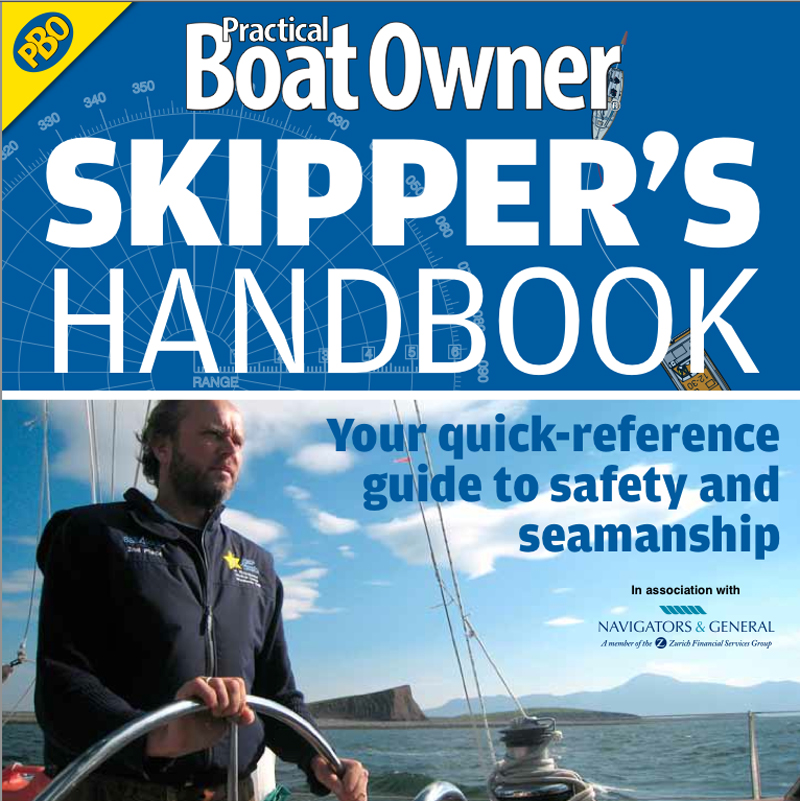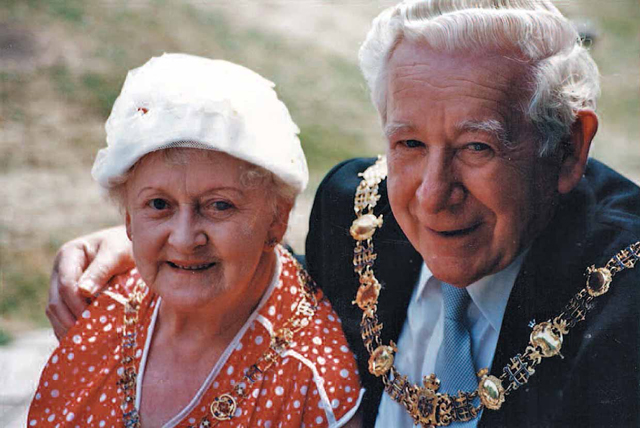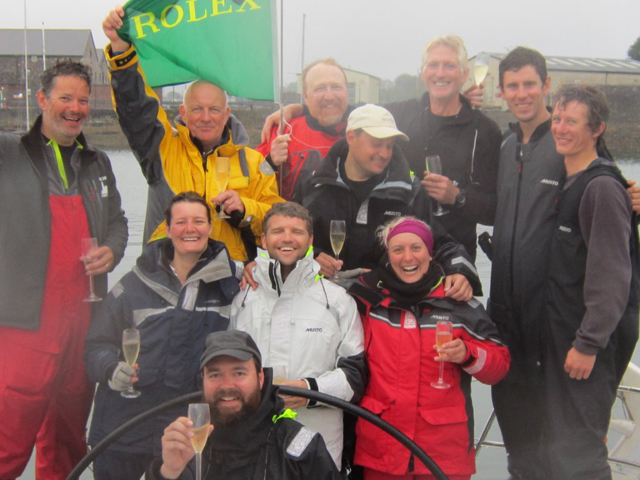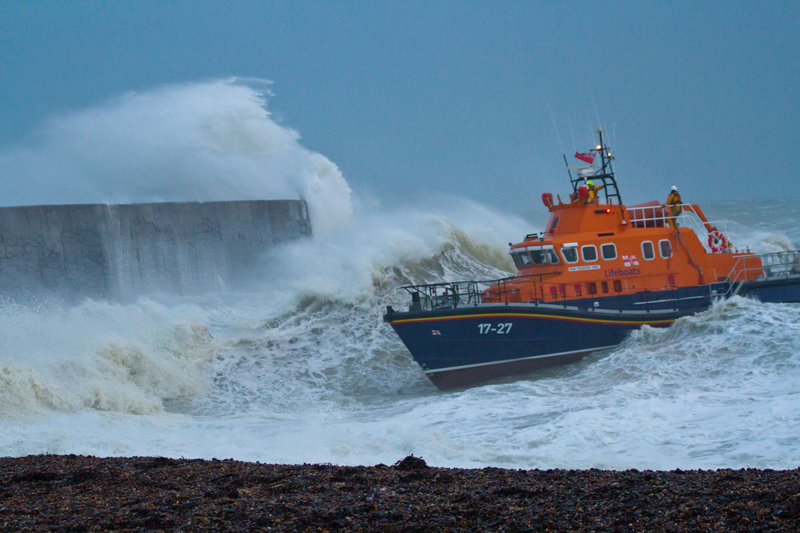A potentially lifesaving rescue device fashioned from the unlikely source materials of empty plastic bottles will be trialled in the UK for the first time by the RNLI.
The ‘BottleBuoy’, which is being tested in the sea off Cromer today, is a flotation device consisting of three empty plastic bottles screwed into a central core.
Once the bottles are locked in place, the resulting object is a three pointed star – which can be thrown to a casualty in the water to keep them afloat.
The ingeniously simple device is cheap to manufacture and has already piqued the interest of the RNLI’s international team, who subsequently trialled it in the sea in Bangladesh in May. The promising results of those tests led to the RNLI carrying out more vigorous tests on home soil, to ascertain the potential future lifesaving benefits.
Stuart Thompson from the RNLI’s International Development team, said: ‘It’s one of those ideas that, when you see it, you can’t quite believe how simple it is, or why no-one has thought of it before. It’s a plastic or wooden core which you secure three bottles to. The bottles are empty and sealed, and the air trapped inside gives the device incredible buoyancy – enough to keep a casualty afloat in the water until help can arrive.’
The BottleBuoy is the brainchild of Huddersfield student James Benson, who came up with the idea, built a prototype, and entered an International Maritime Rescue Federation (IMRF) competition. The RNLI learned of it, and approached James to see if the BottleBuoy could play a part in rescues in low or middle income countries.
Stuart added: ‘We have links with the IMRF and since learning about the buoy we been working closely with James to assess how easily it could be mass produced. In May we ran some trials with an injury prevention organisation called the Centre for Injury Prevention and Research, Bangladesh.This was part of our international work to improve search and rescue capacity in countries with high drowning rates.
‘We found the initial results really encouraging so now we want to put the bottle buoy through its paces a little more. We have tested it in the RNLI Sea Survival Pool at our RNLI headquarters in Dorset, where all of our volunteer lifeboat crew members do their training.
‘In the sea at Cromer we’ll see if it can be reliably thrown over a distance, how far, whether it can keep more than one person afloat, whether it works with a line attached to aid recovery, how it fares in different sea conditions etc.’
The BottleBuoy’s original design was recreated by a local carpenter in Bangladesh out of wood, but a plastic version could easily be injection moulded and potentially mass produced for relatively little cost. And any measures which potentially reduce the amount of waste plastic must be a good thing, given that plastic constitutes approximately 90 percent of all trash floating on the ocean’s surface.
Members of the RNLI’s International and Engineering teams will trial the BottleBuoy in the sea next to Cromer Pier, from midday until 2pm today, Thursday 9 November.
The RNLI’s International programme works with local and national partners to tackle the global drowning epidemic, which kills an estimated 372,000 people every year. As well as interventions and training, the RNLI works with countries to help put national water safety strategies in place. See more at RNLI.org/international
6 Lifebuoy Lights tested
With the advent of cheaper LEDs, a number of new lifebuoy lights have appeared on the market. On a dark…
What to pack in a grab bag
No one wants to abandon ship, but a grab bag of essentials can make a short stay in a liferaft…
Storm-struck solo sailor thanks RNLI rescuers for saving his life
Castletownbere lifeboat volunteers spent 12 hours battling storm-force conditions to rescue a single-handed yachtsman 45 miles south of Mizen head…
Double callout to same yacht for Yarmouth RNLI
The solo sailor managed to pull his yacht clear of the rocks but then a damaged propeller left him drifting…
PBO Skipper’s Handbook
Your quick reference guide to safety and seamanship, still available in digital format
RNLI’s £24million All-Weather Lifeboat Centre officially opens
The new ALC will enable the production, maintenance and refit of the charity's all-weather lifeboat fleet under one roof for…
Two multi-million pound Ferraris to be auctioned for the RNLI
It is one of the largest bequests ever received by the RNLI and one of the most unusual.
PBO’s BIG Christmas giveaway – win £2,700-worth of boat kit
Our pick of Practical Boat Owner magazine's best on test over the past year is up for grabs as one…
Emergency liferaft did not inflate when fishermen abandoned boat
A fisherman who survived the sinking of a fishing boat has told how the crew’s liferaft did not inflate when…
D-Day veteran dubbed “The Great Escaper” leaves RNLI his entire estate
A D-Day veteran who warmed hearts the world over when he “escaped” from his care home to attend the 2014…
Sailors’ Cheeki Rafiki fund for RNLI hits £20k in less than 24 hours
RNLI fundraising in tribute to the Cheeki Rafiki crew tops £21,000 in first 24 hours
Thousands of RNLI lifeboat launches to leisure boats in 2013
Sail boats accounted for 1,573 of the 8,304 launches by RNLI lifeboats in 2013, while powerboaters sparked 1,920 call-outs







